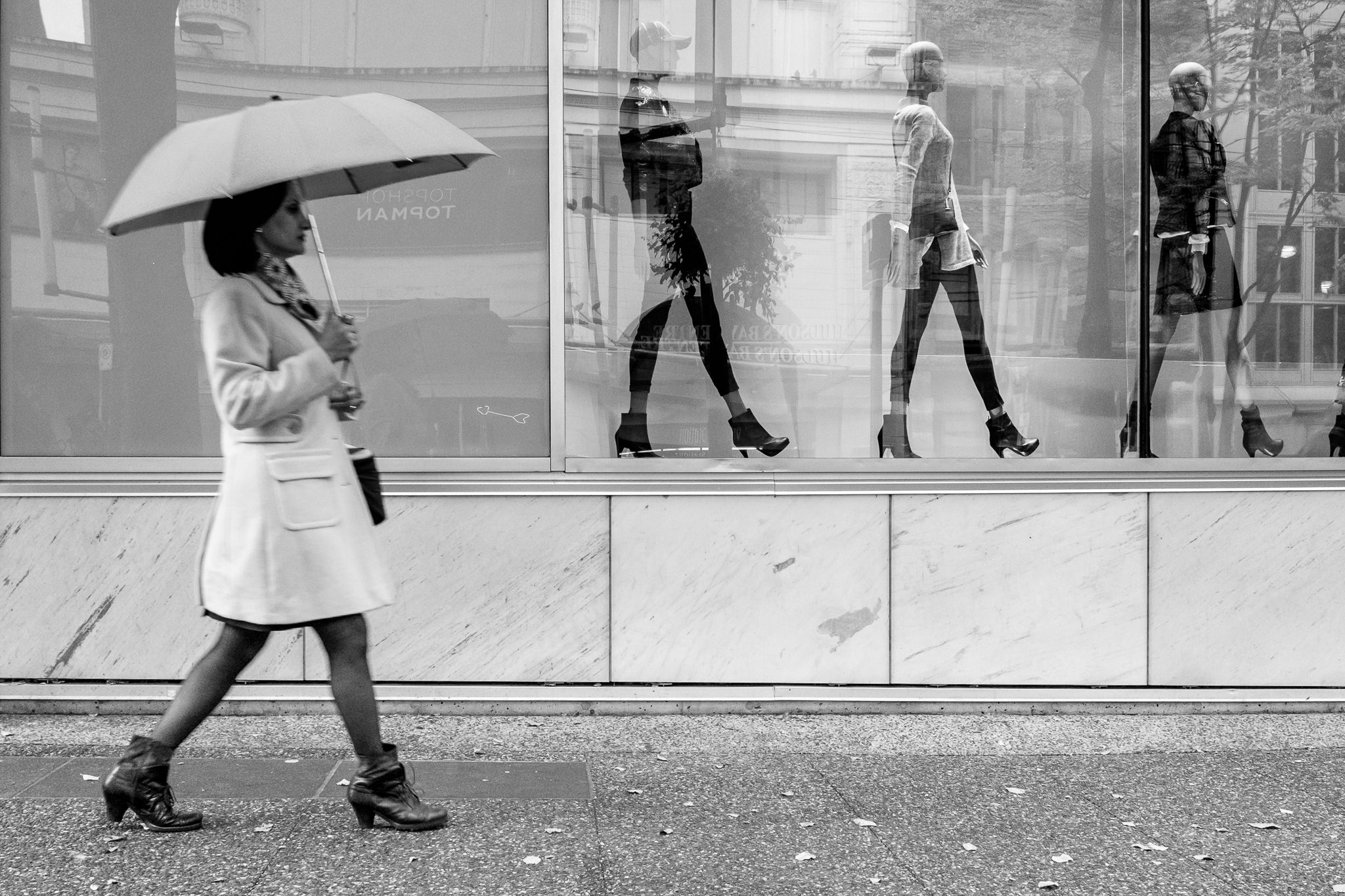Our Framing Streets PDFs
Our Framing Streets PDFs
Blog Article
7 Easy Facts About Framing Streets Explained
Table of ContentsSome Known Questions About Framing Streets.Excitement About Framing StreetsThe Framing Streets PDFsSome Known Details About Framing Streets Indicators on Framing Streets You Need To KnowNot known Details About Framing Streets
, normally with the objective of catching photos at a crucial or touching moment by mindful framework and timing. https://ameblo.jp/framingstreets1/entry-12836078313.html.
Framing Streets Can Be Fun For Anyone
Susan Sontag, 1977 Street digital photography can concentrate on people and their actions in public. In this regard, the street professional photographer resembles social documentary professional photographers or photographers that likewise operate in public areas, but with the objective of capturing relevant events. Any of these photographers' images may capture individuals and residential or commercial property noticeable within or from public locations, which usually entails navigating moral problems and legislations of privacy, protection, and residential or commercial property.
Representations of daily public life create a style in virtually every duration of globe art, beginning in the pre-historic, Sumerian, Egyptian and early Buddhist art durations. Art managing the life of the road, whether within views of cityscapes, or as the dominant concept, shows up in the West in the canon of the Northern Renaissance, Baroque, Rococo, of Romanticism, Realism, Impressionism and Post-Impressionism.
The Ultimate Guide To Framing Streets
Louis Daguerre: "Blvd du Holy place" (1838 or 1839) In 1838 or 1839 the very first photograph of numbers in the street was tape-recorded by Louis-Jacques-Mand Daguerre in among a pair of daguerreotype views extracted from his studio home window of the Boulevard du Holy place in Paris. The 2nd, made at the height of the day, reveals an unpopulated stretch of road, while the other was taken at concerning 8:00 am, and as Beaumont Newhall reports, "The Blvd, so frequently full of a relocating crowd of pedestrians and carriages was flawlessly singular, except a person who was having his boots cleaned.
His boots and legs were well specified, however he is without body or head, because these were in movement." Charles Ngre, waterseller Charles Ngre. https://www.anyflip.com/homepage/fdjwn was the first photographer to acquire the technical refinement called for to register people in activity on the street in Paris in 1851. Professional Photographer John Thomson, a Scotsman working with reporter and social activist Adolphe Smith, published Road Life in London in twelve monthly installments beginning in February 1877
How Framing Streets can Save You Time, Stress, and Money.
Eugene Atget is considered a progenitor, not since he was look at this now the initial of his kind, yet as an outcome of the popularisation in the late 1920s of his record of Parisian streets by Berenice Abbott, who was inspired to embark on a comparable paperwork of New york city City. [] As the city created, Atget aided to advertise Parisian roads as a worthwhile topic for photography.

The Best Strategy To Use For Framing Streets
The principal Mass-Observationists were anthropologist Tom Harrisson in Bolton and poet Charles Madge in London, and their very first record was generated as the publication "May the Twelfth: Mass-Observation Day-Surveys 1937 by over two hundred viewers" [] Window cleaner at Kottbusser Tor, Berlin, by Elsa Thiemann c. 1946 The post-war French Humanist College professional photographers located their subjects on the road or in the bistro. Between 1946 and 1957 Le Groupe des XV each year displayed job of this kind. Andre Kertesz. Circus, Budapest, 19 May 1920 Road digital photography developed the significant content of 2 events at the Gallery of Modern Art (Mo, MA) in New York curated by Edward Steichen, Five French Digital Photographers: Brassai; Cartier-Bresson, Doisneau, Ronis, Izis in 1951 to 1952, and Post-war European Photography in 1953, which exported the idea of street digital photography worldwide.

Framing Streets Fundamentals Explained
The recording device was 'a concealed video camera', a 35 mm Contax concealed under his coat, that was 'strapped to the upper body and linked to a lengthy cable strung down the ideal sleeve'. Nevertheless, his work had little contemporary influence as because of Evans' level of sensitivities concerning the originality of his project and the personal privacy of his subjects, it was not published till 1966, in guide Many Are Called, with an introduction created by James Agee in 1940.
Helen Levitt, after that a teacher of young kids, associated with Evans in 193839. She documented the temporal chalk illustrations - Lightroom presets that became part of youngsters's street society in New york city at the time, in addition to the kids that made them. In July 1939, Mo, MA's brand-new photography area included Levitt's job in its inaugural eventRobert Frank's 1958 publication,, was significant; raw and usually out of emphasis, Frank's photos examined mainstream digital photography of the time, "challenged all the official guidelines put down by Henri Cartier-Bresson and Pedestrian Evans" and "flew in the face of the wholesome pictorialism and wholehearted photojournalism of American magazines like LIFE and Time".
Report this page